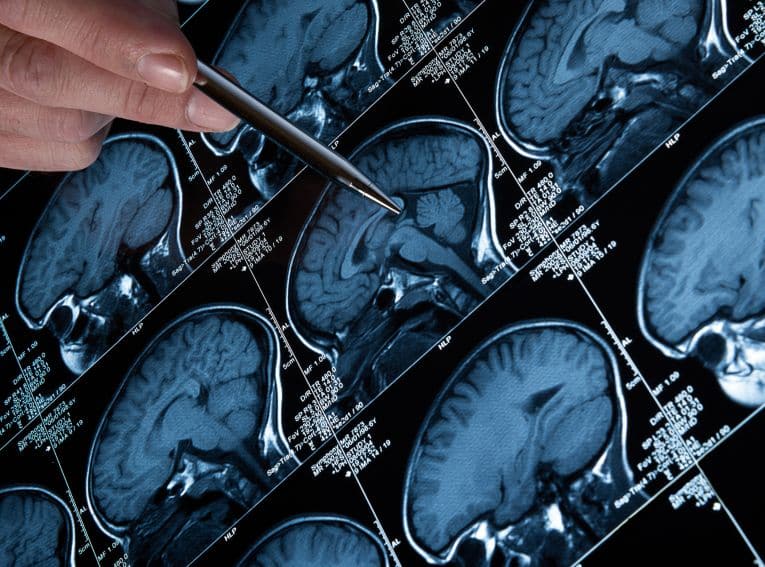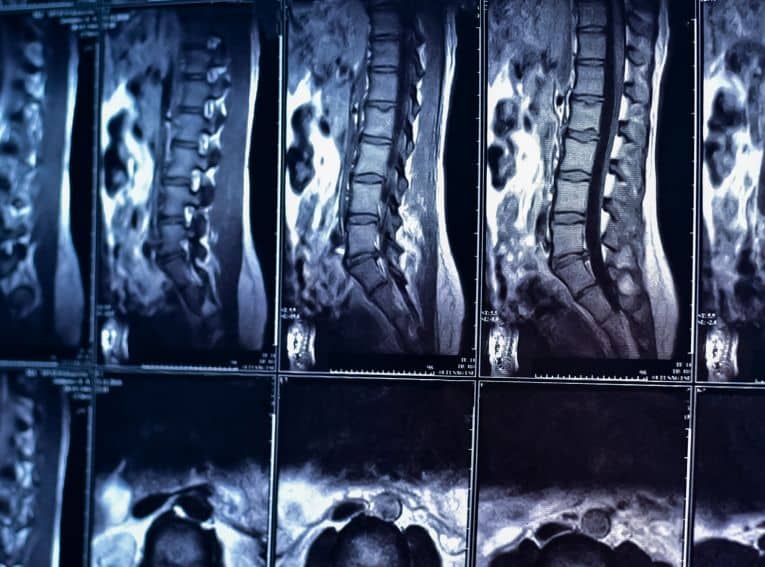
Cranioplasty
A cranioplasty is a surgical procedure used to correct a defect in a bone of the skull. The defect may be congenital, the result of trauma to the head, or a complication from an earlier surgery. A cranioplasty will not only improve the appearance of the head, but may also provide several medical benefits. A cranioplasty may strengthen a problem area of the skull and provide more thorough protection for the brain. Additionally, those patients experiencing headaches or neurological impairment may find their symptoms are diminished after undergoing a cranioplasty.
The Cranioplasty Procedure
A cranioplasty is performed in a hospital setting with the patient sedated under general anesthetic. A portion of the scalp will be shaved and a topical cleanser is applied to prevent infection. The surgeon then makes an incision in the skin to access the skull bones. If the existing bone is intact and undamaged, the surgeon can reshape and reposition it and use special discs as well as titanium plates and screws to secure it in place.
It is generally considered optimal to use the patient’s original bone if it remains functional. However, in cases where the bone has been badly damaged or removed, there are several options available. Prior to the surgery, it will be determined exactly what substance will be used to replace the bone. Depending on a number of factors, the surgeon may choose to graft a piece of bone that has been removed from the patient’s rib, skull or pelvis; use a bone substitute made from a synthetic material; or employ an acrylic insert that can be fitted into the defective area. All of these are attached to the nearby bones with titanium plates and screws.
Once the bone or grafting material has been properly affixed, the surgeon will close the scalp incision using either sutures or surgical staples.
Risks of a Cranioplasty
All surgical procedures carry some form of risk. The most common risks associated with a cranioplasty include infection, blood clot formation, seizures and stroke.
Recovery from Cranioplasty
After undergoing a cranioplasty procedure, patients are typically required to stay in the hospital for a period of five to seven days. Drains may be needed initially to help the body remove any excess fluid that has accumulated in the area. Most patients will experience some headaches in the days following the surgery, but often respond well to prescribed pain relievers. Fatigue is also a common side effect that should subside within the first few weeks. Some activities may be limited for a period of time after the cranioplasty, and the surgeon will provide specific information on any other restrictions.
Additional Resources
Welcome to the office of neurosurgeon Dr. Vikas Rao, where your health comes first. Below are some of the neurosurgical treatments that we offer in Mission Viejo, CA:
Contact us today
Your concerns are important to us, and we want to make sure all of your questions are answered so you understand your options. Please contact our office with any questions, and our team will be happy to assist you.
Give us a call
We're open to serve
Our doctor and staff are devoted to our patients. Please fill out the form below with any questions or to schedule an appointment and our team will get back to you within 24 to 48 hours.





